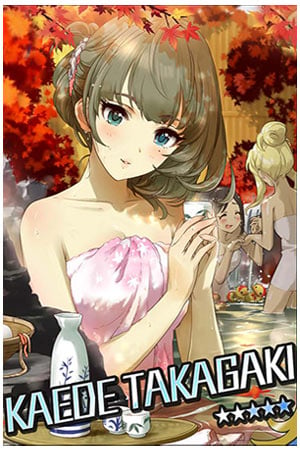I like to watch late-night TV in Japan because there’s always something interesting to see, like the show in which 100 PET bottle rockets were strapped to a crash dummy to see if they offered enough combined power to enable a man to fly (they did barely, though things didn’t end well for the dummy). Late-night is also prime time for most anime shows, since nearly all the popular moe series like K-On! and Sword Art Online are shown in the midnight-to-2 am time slot. Another category of TV programs are “ranking” shows like Count Down TV and Ranking Oukoku (Ranking Kingdom), which track the popularity of everything from music to manga to Vienna sausages from week to week. The other day I caught a similar show called Docchi Mania! (“Which One? Mania!”) in which various topics that people feel obsessive about (the Japanese use the English word “mania” to describe this) are hotly debated to determine which is best. In the past the show has compared soba vs. udon for noodles, Ginza vs. Roppongi for Tokyo night life, and even the benefits of Tochigi Prefecture vs. J-List’s home prefecture of Gunma. The episode I caught pitched two rather strange Japanese foods against each other: natto, the famous fermented soybeans vs. tamago kake gohan, aka steamed white rice with raw egg and soy sauce mixed in, considered a delicacy by many for some reason. Both groups argued their cases fervently, but because several judges were from Osaka (a region famous for hating natto), raw-egg-on-rice won out. Is Japanese TV random or what?

Late-night “ranking” TV shows are popular.















